Learning Curve
There’s so much I wanted to write about, like my experience during orientation, my first day of residency, Lyra’s 3rd month “birthday,” my first overnight on-call shift as a resident physician, my first paracentesis, and my struggles finding my way around the hospital system. However, it’s been 4 weeks since I started orientation and 2 weeks since I starting seeing patients, and I’ve been so busy that I hardly have the time now to write about everything I want to write about. So finally today, after 16 hours of overnight shift in the hospital, the max I am allowed as an intern, I finally got some time to sit down and review the last few weeks.
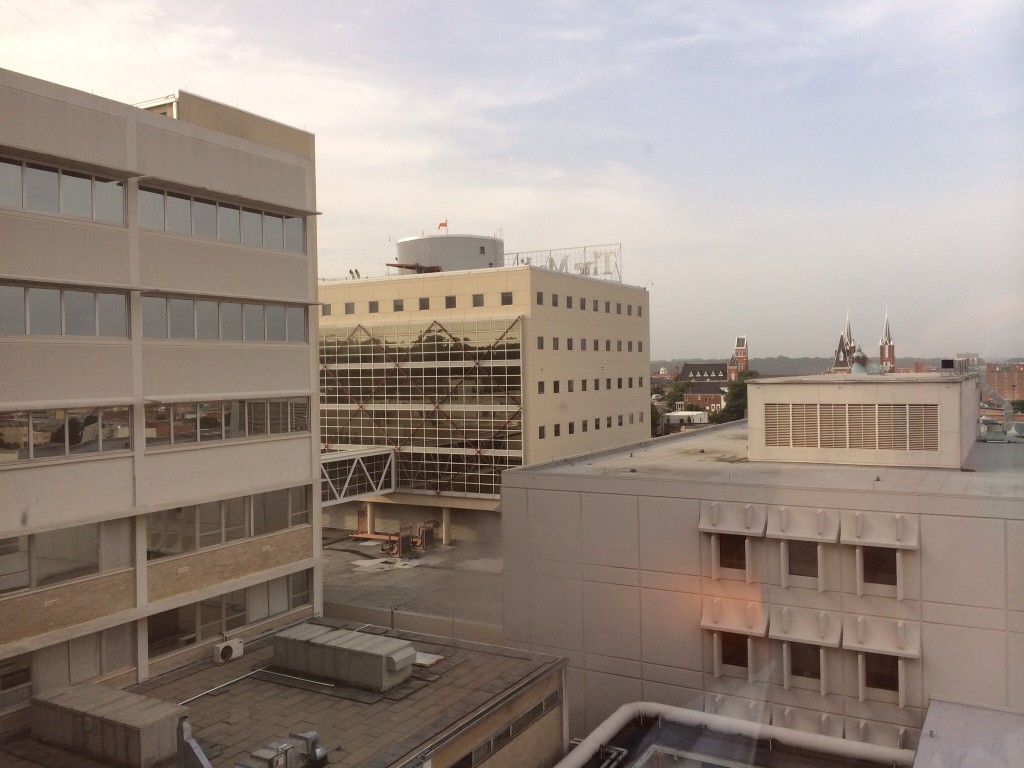
I understand now when they say that residency is a huge learning curve from med school. We now have more responsibilities than we ever had in med school, and we will have even more once we become an upper level resident and then an attending after finishing residency. I remember the first day on the job two weeks ago when I was assigned my new patients to see on the floor, six of them total. It frightened me to realize that whatever notes I wrote on a patient now truly “counted” and that whatever medication I prescribed, the patient actually gets it. There’s no upper level resident or attending that needs to sign for me. I sign it, and that was a scary realization for me. Having power and responsibility is frightening, especially when people’s lives are involved.
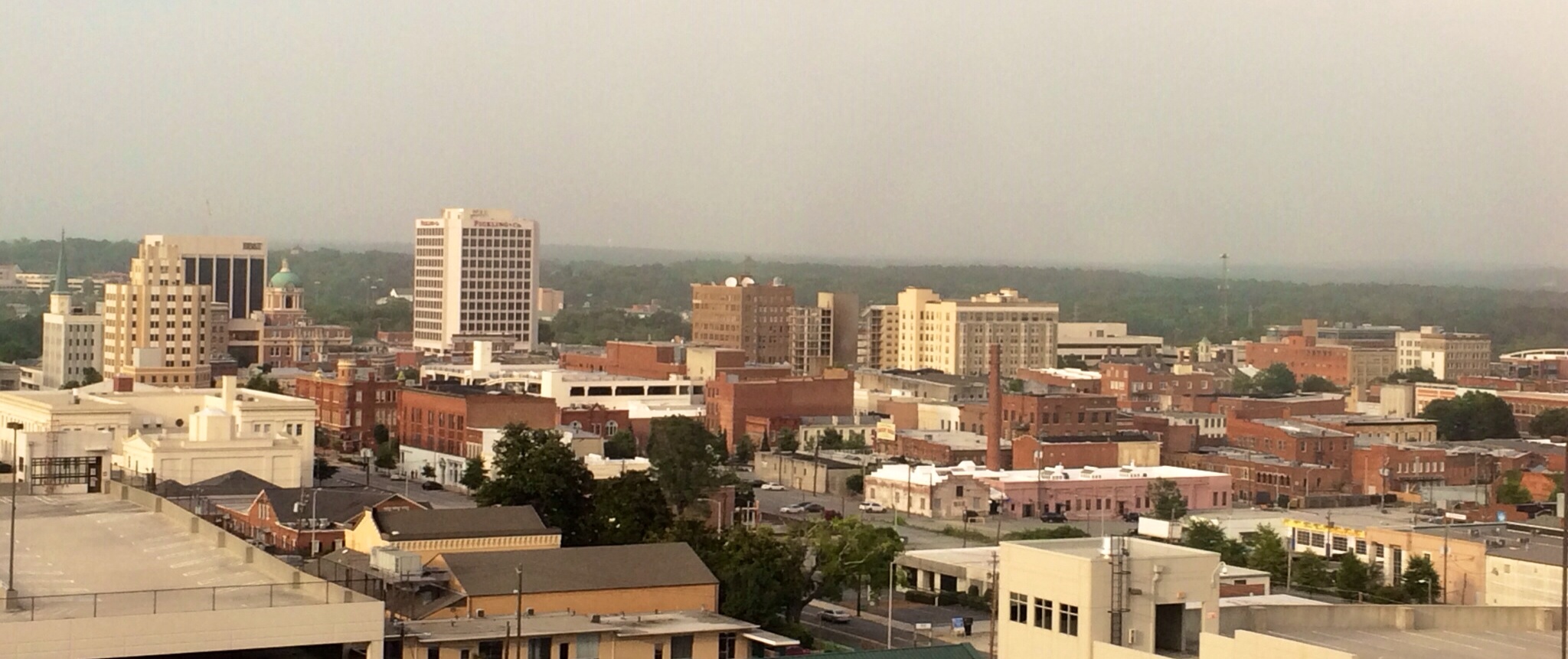
There’s so much I need to learn now, and while I do have exams to study for, the main reason for me to study now is to figure out what’s going on with my patients and how to manage them better. I find that although I have an MD behind my name and I can order lab tests and medications now, the nurses who have worked at the hospital for years and years have so much more intuition about patient care because of their experience. I appreciate them a lot and know I can learn a lot from them by working with them.
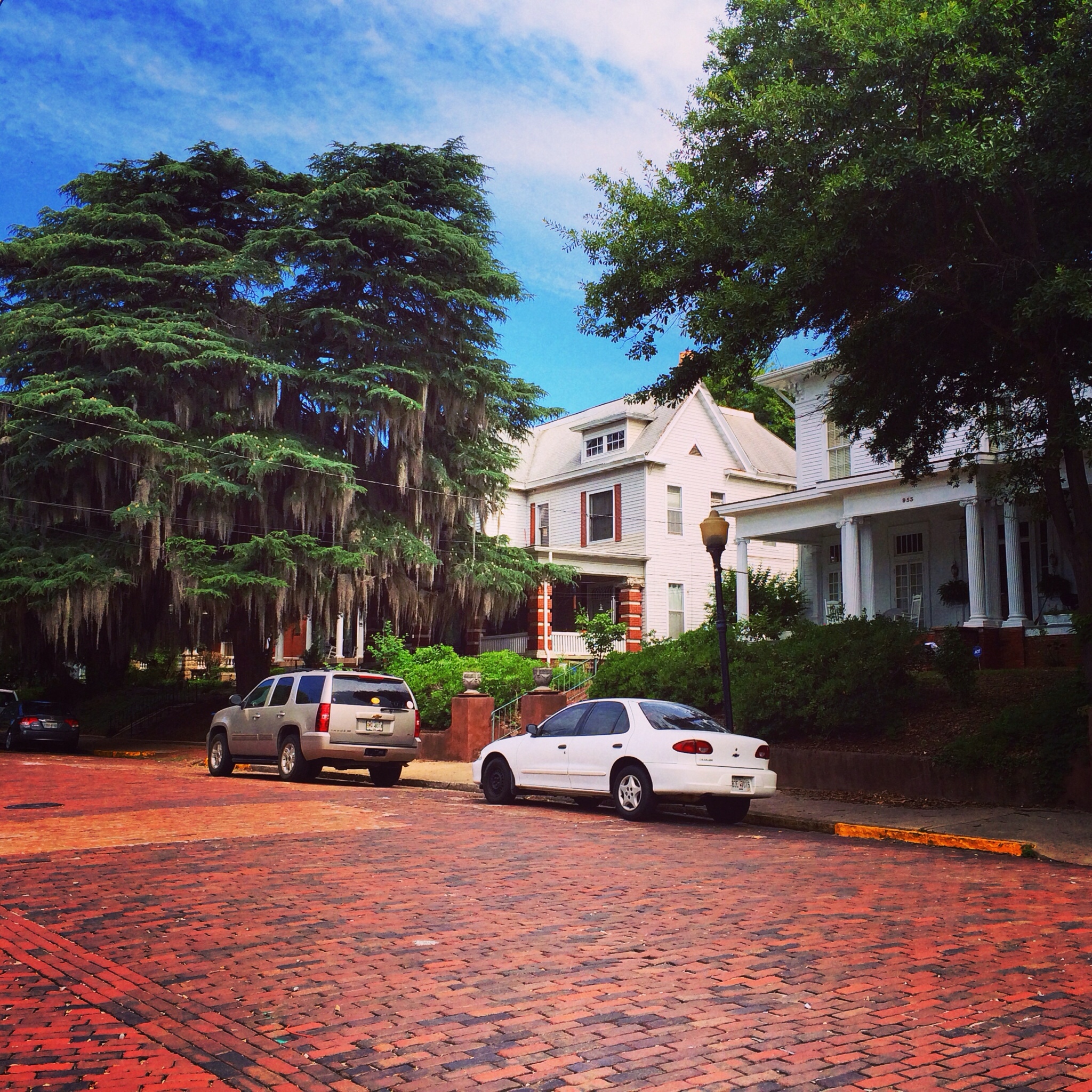
For those of you who are interested in getting into the medical profession, it’s important to realize that learning never ends once you step into this field, and neither does the test taking. The 4.5 hour-long MCAT is certainly no match for the 7-8 hour USMLE Step 1 and 2 Exams, nor the 2-day-long USMLE Step 3. Testing doesn’t end with the steps, and lectures do not end at med school Basic Sciences. We have lectures and grand rounds during residency as well as In-Service Training Exams to pass. Even after residency, we must satisfy a certain number of Continuing Medical Education credits every 2 years to keep our license to practice in our states, and must take a board recertification exam every 8 years to continue to be a board-certified physician to practice in our specialty. To become a doctor is to become a committed life-long student. As long as you know what you are getting into, things won’t seem too bad, and this is certainly true for me right now in residency.


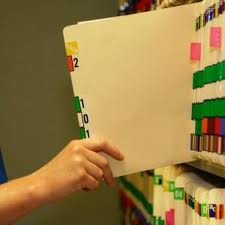


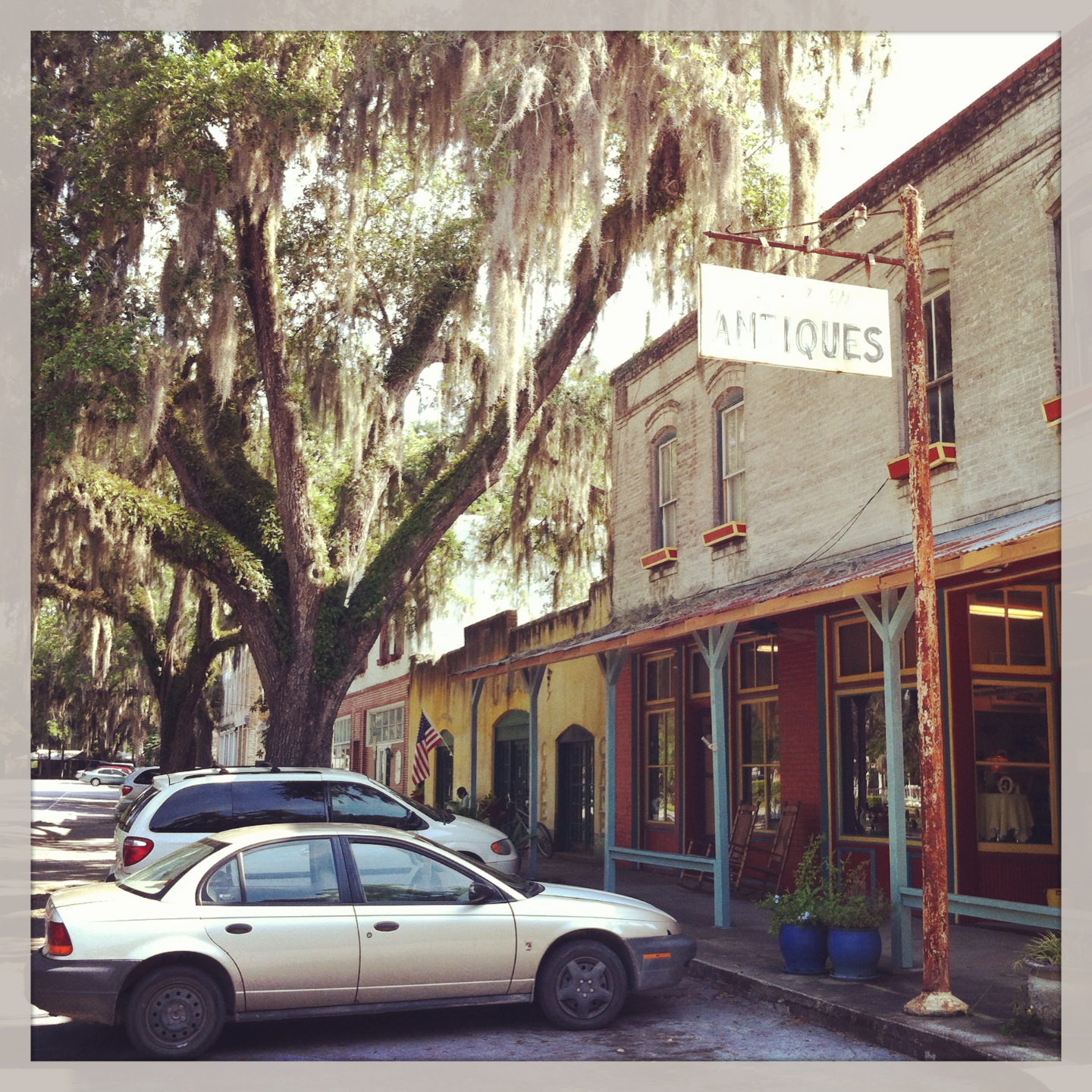








Congratulations on starting residency!! Such a definite learning curve, but I’m sure a welcomed one. Keep going, you are already a great doctor – you can only go up from here 🙂
IDL
sabamdthenlife blog
Thanks IDL! Hope you’re doing well finishing up and best of luck in the applications!
Benji
Congrats!!
I have read absolutely every post on your blog and you truly are an inspiration!
You have been insanely helpful and I wish you the best on your future endeavors!
Are you a part of any blogging communities to help highlight your blog? I would love to read more medical school journeys but my search has been fairly limited.
Thanks Keisha! If you want to read more medical students’ blogs, I got a big list of it under “Blog Library.” Check it out! 🙂
I really enjoy your blog! Although I am not going to caribb med school, I enjoy reading about your medical endeavor.
Hi Benji!
Over the past 2 weeks, I have read every single one of your blog posts and have spent countless hours scrutinizing my academic background in hopes of finding some magic answer about attending medical school in the carribean.
I have wanted to be a doctor since I was in elementary school. I put my dreams on hold after my freshmen year of college when I joined the military. I attended a number of undergrad instiutions and I worry that that will be a negative point on my application. I had good grades at all of them, but I had to attend schools that were located wherever I was stationed.
I am currently working on finishing up my prereqs to apply to AUC.
AUC is honestly my first choice. I really do not want to apply to American med schools for a number of reasons, many of which are self-serving.
Did you ever run into anyone who applied to AUC as their first choice, or was it always a fallback option?
I am taking my MCAT in January in hopes of applying for the August course. Do you know typically how many students apply per start date? I feel that I have very strong ECs (military, I am the head charity coordinator for a local non profit, I played 2 years of college sports, as well as a few others), decent grades (3.6 overall from where I graduated, factoring in my freshman year brings my grades down quite a bit, and I am sitting at a 3.61 science gpa (3.34 if they count the C+ i made in calc :/)).
I know my overall stats are decent, but I am still beyond paranoid about the MCAT.
Do you think the admissions committee will be ok with me applying to AUC as my first choice? I can see some reasons why they would and some why they wouldn’t care.
I also have an 18 month old who will be about 2.5 when I start at AUC. Do you know of any people that succesfully completed AUC with a child with them?
Best of luck to you in your residency!
Hi Ashley,
It’s great that you are interested in medical school! The students here come from a wide variety of backgrounds, including former paramedics, nurses, businessmen, lawyers, some straight from college, and others who went the military route first, like yourself. I think it’s important in your case to explain in your application or essay why you went to a number of different institutions, and even what you learned and gained from it, and why that makes you a better candidate. Maybe it shows you are quick to adapt to new environments and will go wherever you are needed in the military.
In terms of AUC being first choice, there are many people who have AUC as their first choice Caribbean school, but not many who have it as their absolute first choice for medical school. That title often goes to a US medical school. Most people from AUC, including me, applied through a whole cycle of US medical schools first, and after not getting accepted, applied to Caribbean schools. Your chances of matching are much higher at a US medical school, given you get the same grades and pass the same exams. I’m not sure why you don’t want to apply to US medical schools. Most people would gladly take that spot. I’d highly recommend you applying to US medical schools first, and if that doesn’t work out first, then look into the Caribbean.
I’m not sure how many students apply per start date. I’m not sure if knowing this number would change your plans.
Also, study hard and do your best on the MCAT. It may seem like a scary test, but if you take lots of practice exams, you can estimate what you would likely score, and be more confident walking into the exam. Remember, once you get into med school, you’ll be taking longer and even more difficult exams than the MCAT. The USMLE Step 1 is 7 hours long, not counting the breaks, and the USMLE Step 2 CK is 8 hours long, not counting the breaks.
I think the admission committee would be very happy to hear that AUC is your first choice, but as a Caribbean school, I think they already expect that most people probably apply to the school as a backup.
There are definitely students with children here. However, they often come with spouses as well, and there is a great spouses’ organization on campus helps your family adjust to life on the island, plan activities and get togethers, and even helps your spouse to find some work to do. There are also preschools and schools around campus.
If you do decide to come, AUC is a school that will get you a good education and lots of resources and opportunities that will help you succeed. In terms of accreditation, it is considered by the US Department of Education to have standards on par with US medical schools. Wishing you best on the MCAT and your applications!
Benji
Hi Benji!
Again, congrats on your residency, family, and this amazing blog. I’m beginning at AUC in a couple weeks, and I had one quick question for you! You recommended using an iPad for note-taking in class, along with a few beneficial apps as well. I am currently deciding on whether I should get an iPad for this exact reason, or if you recommend buying a laptop instead. I have seen a lot of students who use their iPad for notes, and I just wanted to be sure that I could completely replace a laptop through use of an iPad with a keyboard. Thank you for your help – I really appreciate it!!
Tim
Thanks Tim, and congrats on your acceptance to AUC! Welcome! I don’t think an iPad can replace a laptop, but it is definitely useful as an accessory. It’s not easy transferring files to your iPad to edit without a laptop. I would bring at least a laptop, and if you decide to get an iPad on top of that, bring it! Best of luck!
Benji
Hi Benji: Susan and I send congrats to you for starting your residency. Susan especially has enjoyed reading your blog and shares the highlights with me. Now that you have my e-mail I hope to stay in touch. Take care.
Freddy
So great to hear from you Freddy and I hope you and Susan are doing well! Take care! 🙂
P.S. Congrats also to your wife for graduating MDC’s P.A. program. I was class of 2004.
Lyra is adorable ! Freddy
Benji Been a blog reader for a while, Am a third year Biochemistry Student/ An intern in a research institute, Am planning on going to a carib Medical school, but i have difficulty in making a choice…….If you wan email me, would be appreciated
Hello Chiemela,
Thanks for reading! I only answer questions via this blog. Feel free to leave a comment or question and I will try my best to reply.
Thanks,
Benji
wow! ur an inspiration, thanks for ur blog. this is so motivating
comments were more interesting than the post itself. However, its an old post but i really enjoyed it reading.